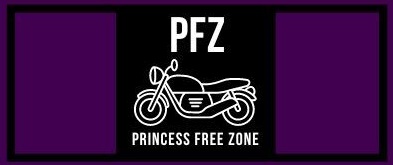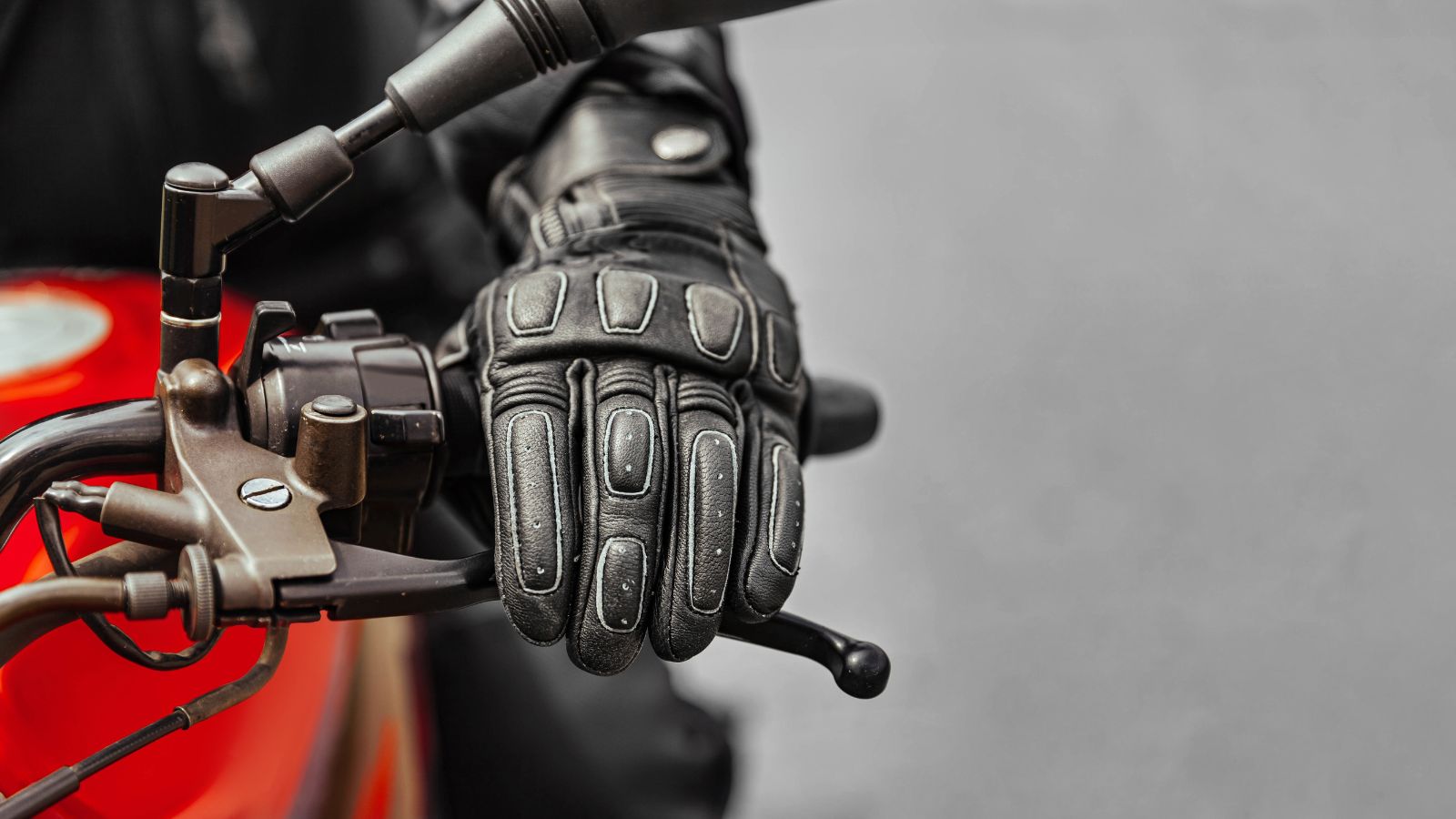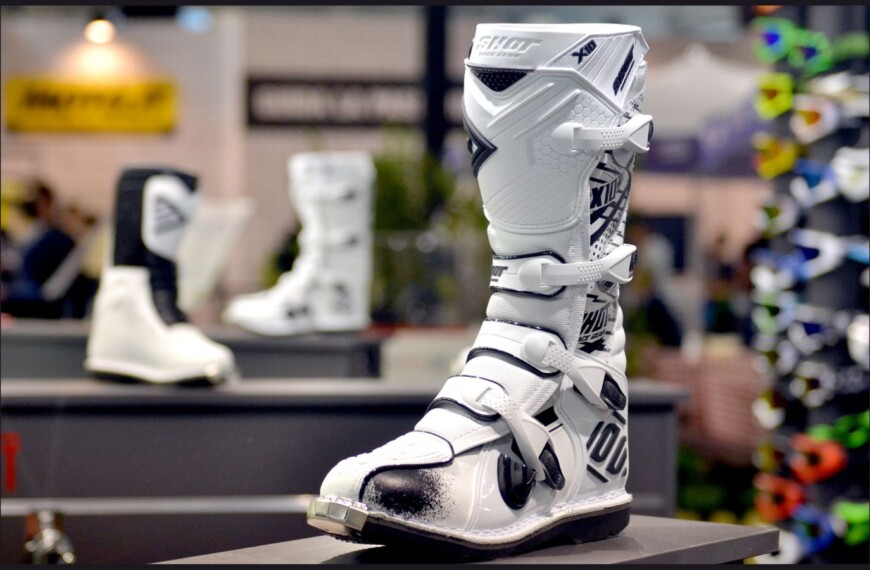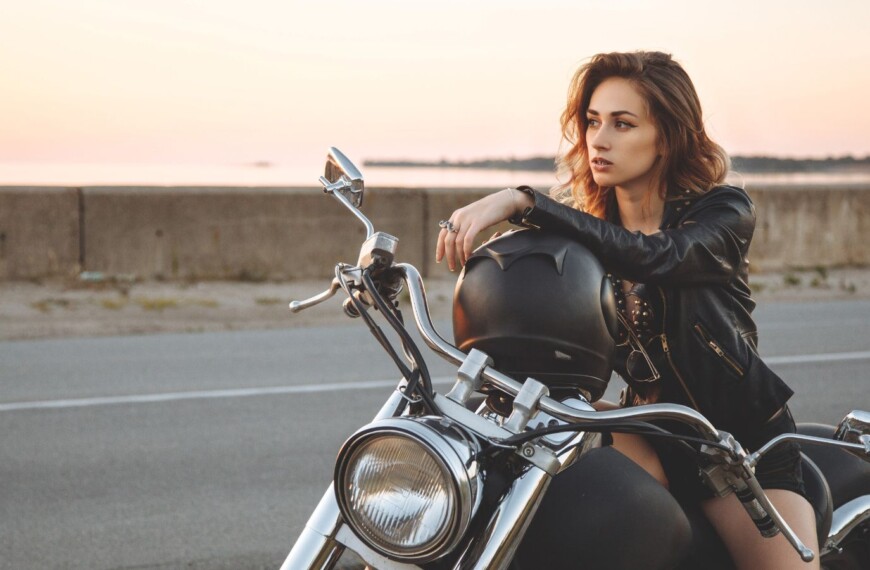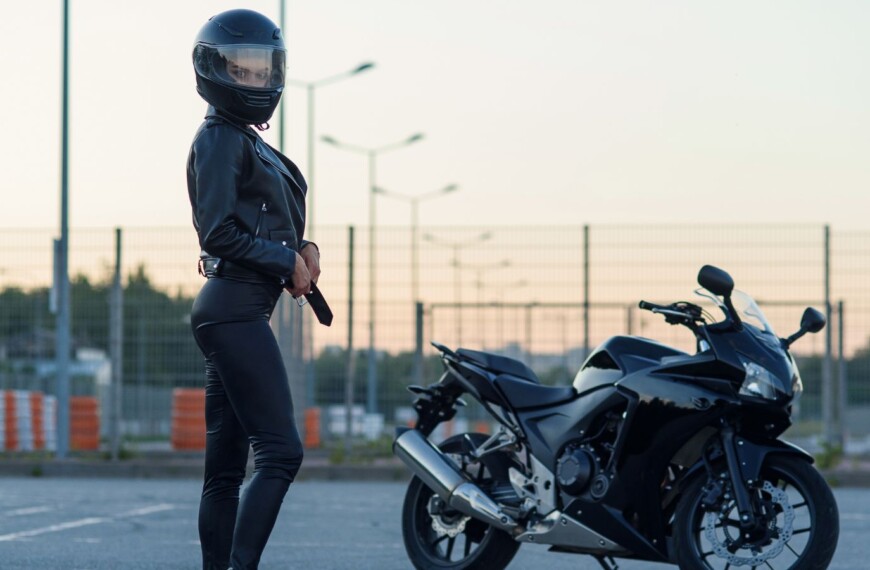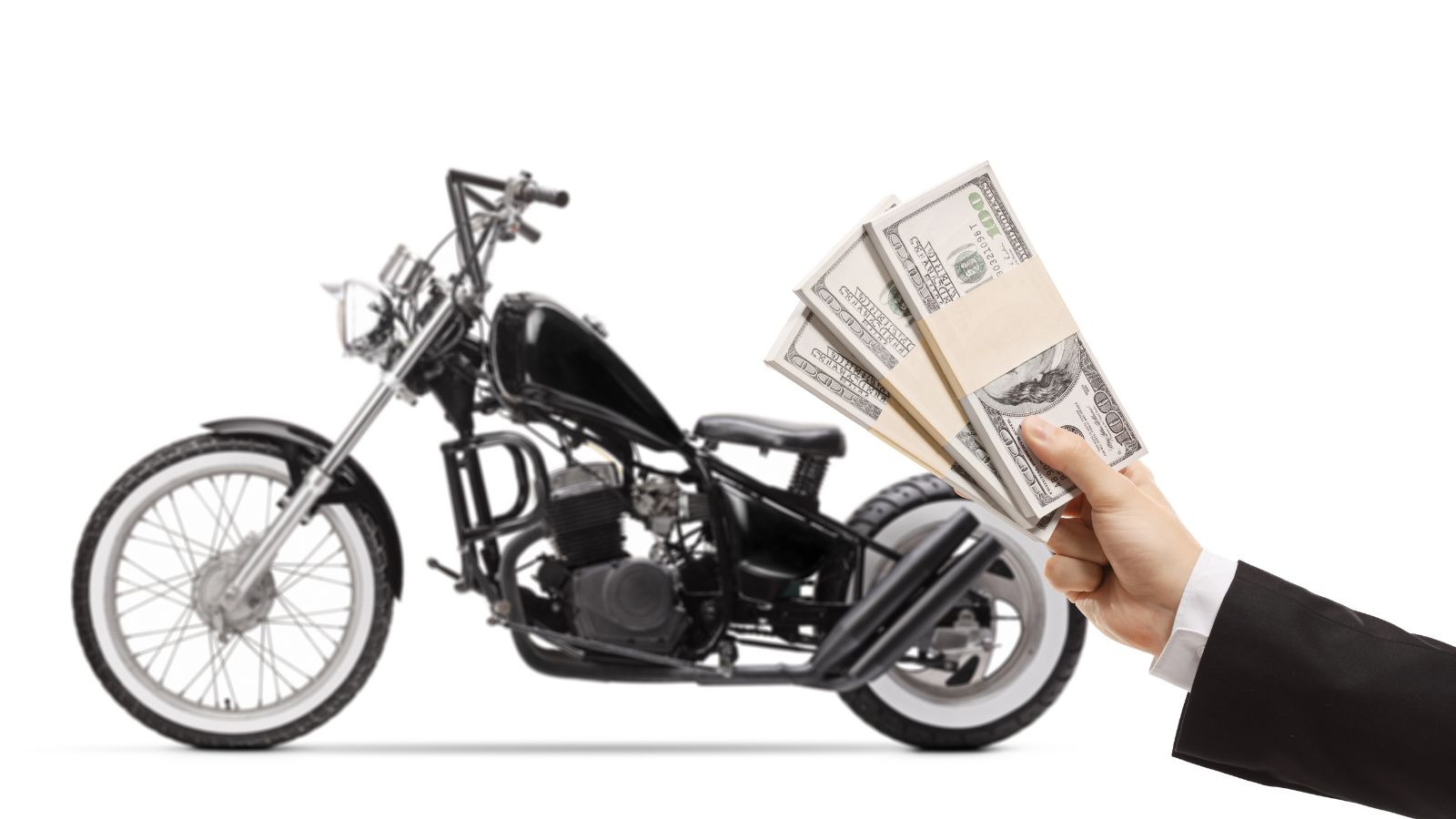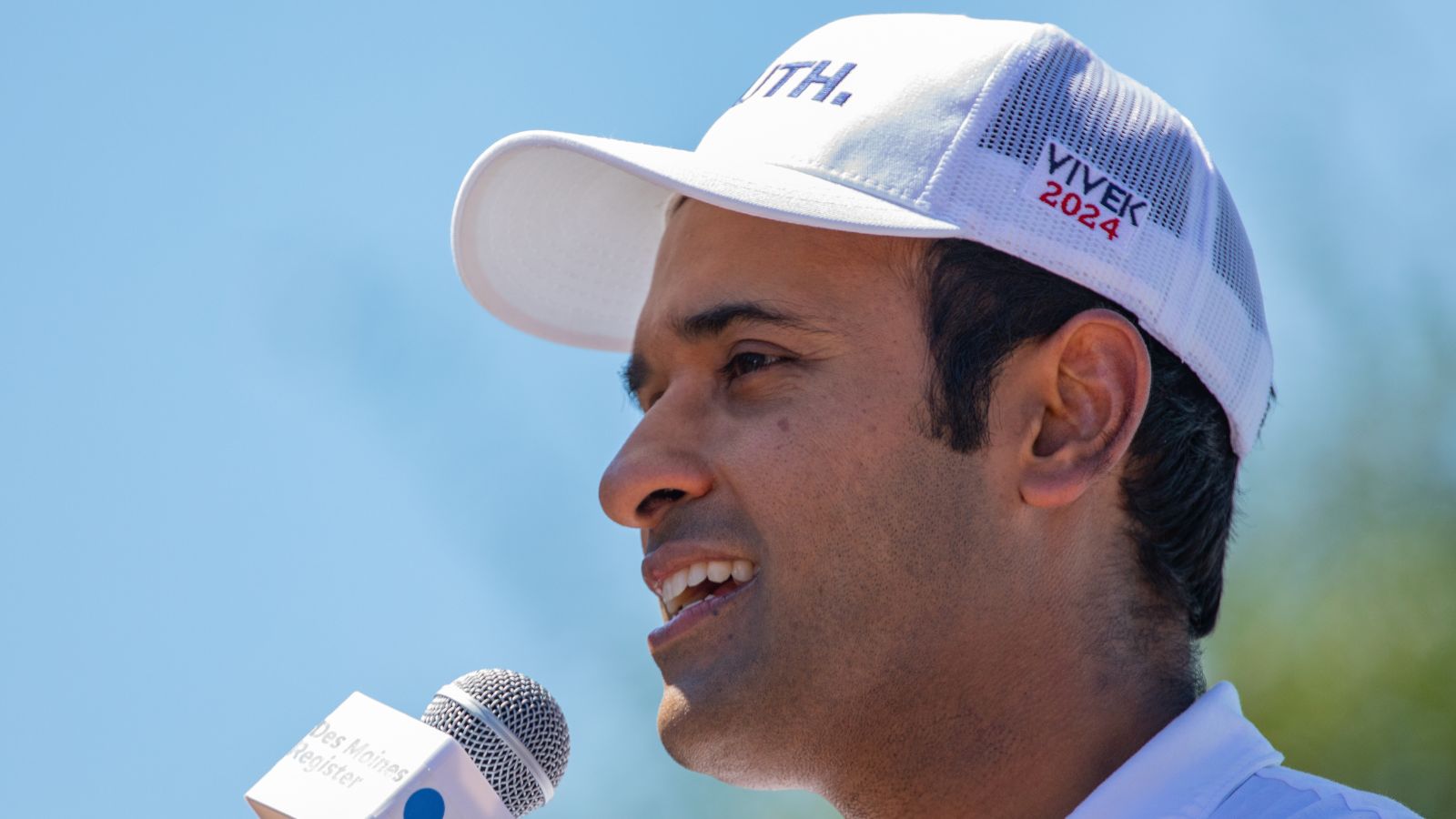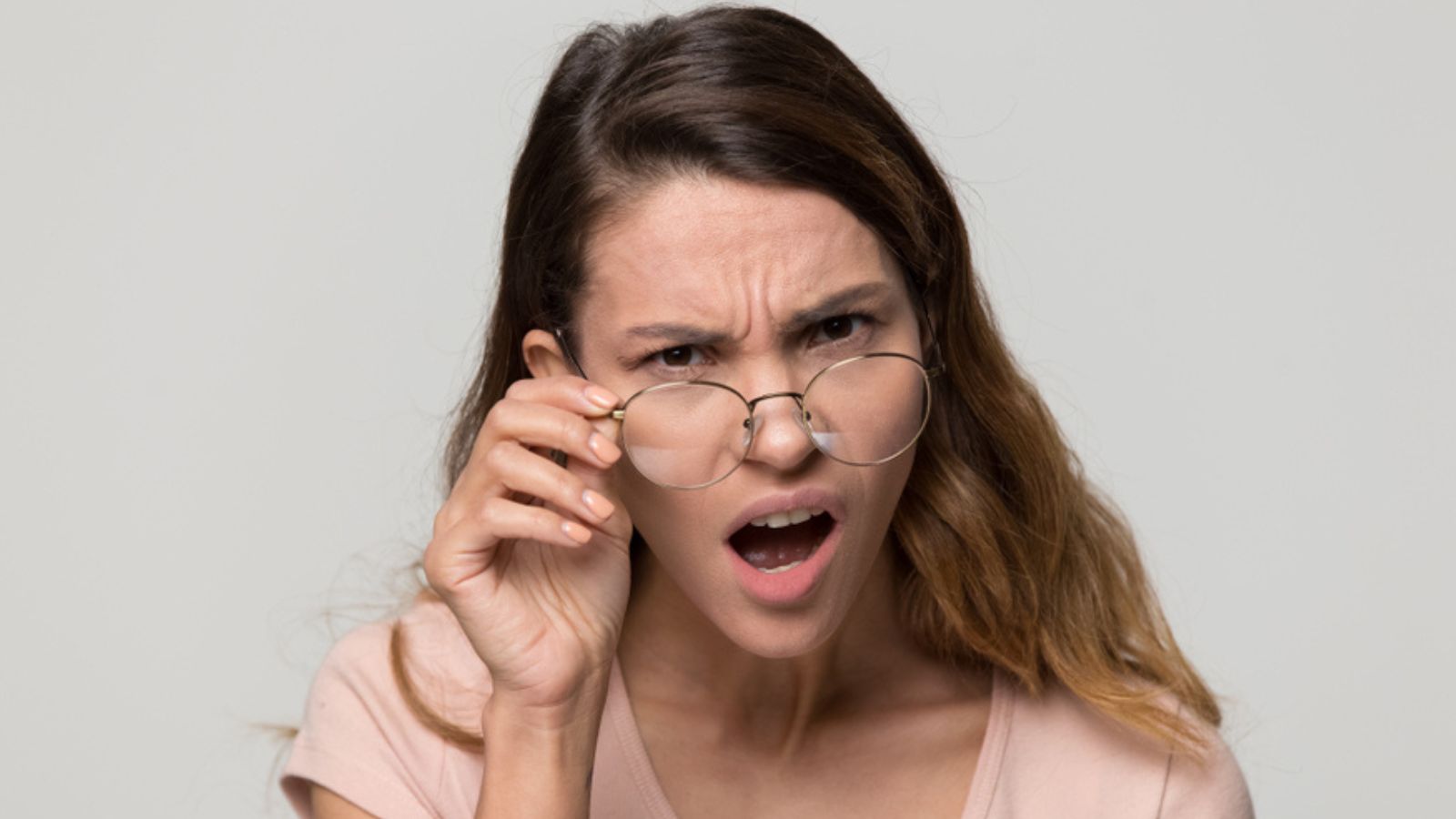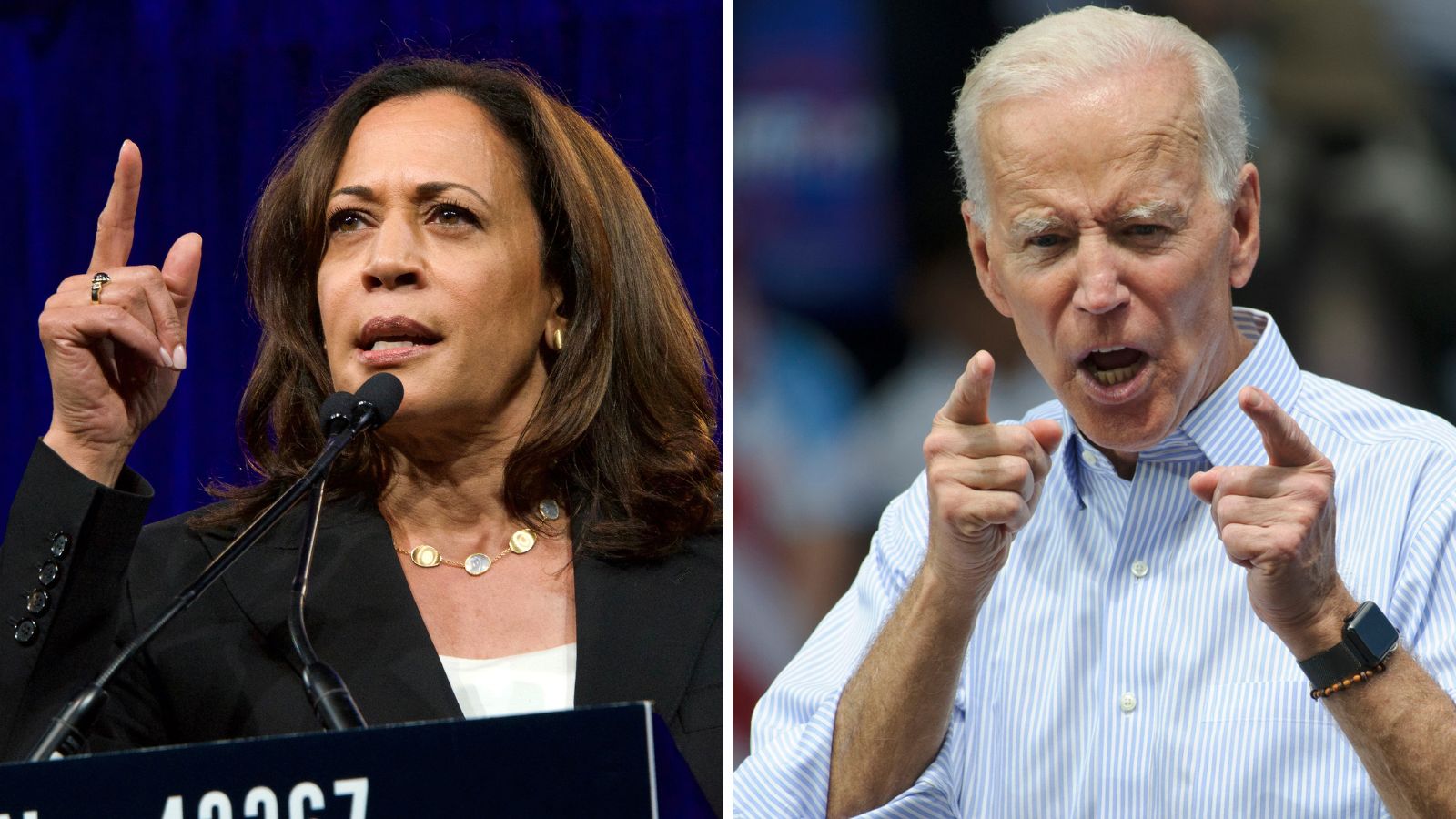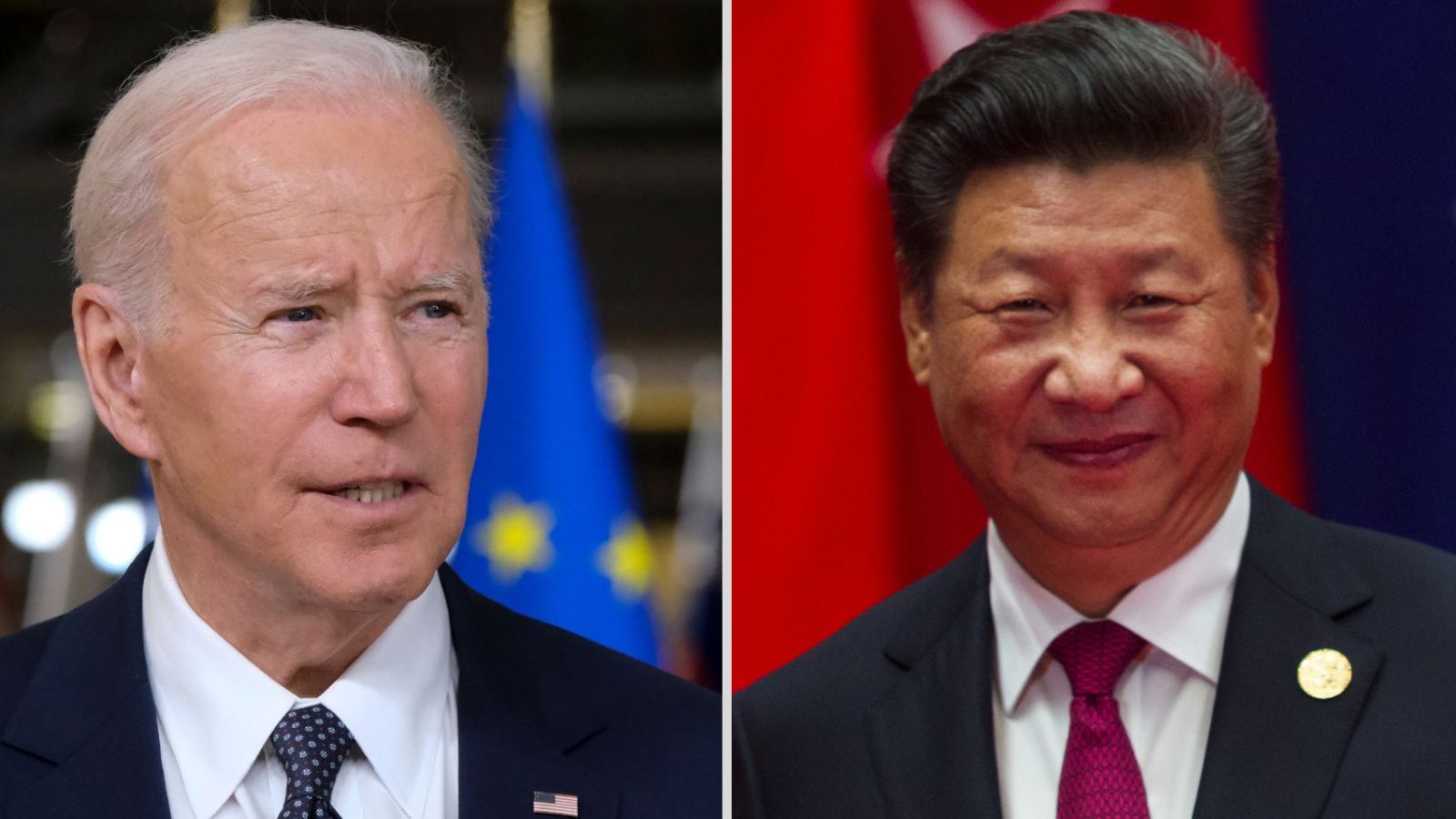Motorcycling is not just about the ride; it’s an experience that combines exhilaration, freedom, and sometimes, the spirit of adventure. However, the risks associated with motorcycling are real and should never be taken lightly. One of the most effective ways to mitigate these risks is by investing in quality protective gear. This comprehensive guide is aimed at outlining the essential gear every motorcyclist should have, explaining its importance and highlighting the factors to consider when making a purchase.
Helmets: The Non-Negotiable Essential
Why Helmets are Crucial
The head is one of the most vulnerable parts of the human body. In the unfortunate event of an accident, a helmet is the only barrier between your head and the ground, or other objects, reducing the severity of potential head injuries, which can otherwise be fatal.
Types of Helmets
- Full-Face Helmets: These helmets offer maximum protection by covering your face entirely, including the jawline. They are ideal for high-speed riding and in colder climates.
- Modular Helmets: Also known as “flip-up” helmets, they offer the flexibility to lift the chin bar and the visor, converting it to an open-face helmet when needed. This feature can be useful for short stops during a ride.
- Open-Face Helmets: They cover the head but leave the face exposed. While they offer more ventilation and better visibility, they compromise on full-face protection.
- Half Helmets: These only cover the top half of the head and offer the least protection but are often chosen for their style.
Features to Consider
- Safety Standards: Look for helmets that meet DOT, Snell, or ECE safety standards. These certifications ensure that the helmet has passed rigorous safety tests.
- Fit: The best helmet is the one that fits you well. A loose helmet can come off upon impact, while a too-tight helmet can cause discomfort. Measure your head circumference and consult the manufacturer’s sizing chart for accurate fitting.
- Material: Helmets are usually made from polycarbonate, fiberglass, or carbon fiber. Carbon fiber offers the best protection but is more expensive.
Gloves: Protecting Your Hands
Importance of Gloves
Your hands are the primary contact points with your bike and the road, making them highly susceptible to injuries. Gloves not only protect against abrasions but also improve your grip on the handlebars, enhancing overall control.
Types of Gloves
- Leather Gloves: These are the most common type of motorcycle gloves and are known for their durability. Leather also offers excellent abrasion resistance, essential for high-speed riding.
- Textile Gloves: Made from synthetic materials like polyester or nylon, textile gloves are generally more breathable and better suited for hot climates.
- Hybrid Gloves: These gloves combine leather and textile to offer a balance between durability and ventilation.
Features to Consider
- Reinforced Palms and Padding: Additional padding or reinforcement in the palm area improves grip and offers better abrasion resistance.
- Knuckle Guards: Hard armor on the knuckles provides additional protection against impact.
- Touchscreen Compatibility: Some gloves come with fingertips that allow you to use touchscreen devices without removing the gloves, a convenient feature for using GPS or smartphones during stops.
Jackets: Shielding Your Torso
The Role of Jackets
The torso houses vital organs and the spinal column, making it imperative to protect this area. A good motorcycle jacket will offer padding or armor in the back, chest, and arm regions, providing valuable protection against impact and abrasion.
Material Options
- Leather Jackets: Made from animal hide, leather jackets offer excellent abrasion resistance. However, they can be heavy and hot in warm weather.
- Textile Jackets: Usually made from materials like Cordura or Kevlar, textile jackets are lighter and often include weatherproofing features. They are generally more versatile but may offer slightly less abrasion resistance compared to leather.
Key Features
- Pockets for Armor: Many jackets come with pockets where you can add or replace impact-absorbing armor. This can be beneficial for riders who want the option to upgrade their protection later on.
- Ventilation: For those who ride in hot climates, ventilation can be a major concern. Look for jackets with zippered air vents or mesh panels.
- Adjustability: Straps and snaps can help you adjust the fit of the jacket, which is essential for comfort and effective protection.
Pants: Safeguarding the Lower Body
Why Motorcycle Pants?
Regular jeans won’t offer adequate protection in a fall. Motorcycle pants are designed to provide an extra layer of protection to areas like the hips, knees, and sometimes even the shins.
Types of Pants
- Leather Pants: Like leather jackets, leather pants offer excellent protection against abrasions but can get very warm in hot weather.
- Textile Pants: These pants offer better breathability and often come with weatherproofing features like water resistance.
Features to Consider
- Knee and Hip Armor: Look for pants with CE-approved armor in the knee and hip areas for additional protection.
- Pockets: While not a safety feature, extra pockets can be highly convenient for carrying small items like keys, wallets, or even a small toolkit.
- Adjustable Waist: An adjustable waistband ensures that the pants fit snugly, offering effective protection and comfort.
Boots: Anchoring Your Ride
Importance of Motorcycle Boots
Boots protect your feet and ankles from burns, sprains, and abrasions. They also offer better grip and control over the bike’s foot controls.
Types of Boots
- Touring Boots: These boots are designed for comfort and are suitable for long rides. They often come with weatherproofing features like waterproof liners.
- Racing Boots: These are built for speed and agility but are generally not suitable for long rides. They offer the highest level of protection, including features like toe sliders and ankle braces.
- Casual Motorcycling Boots: These are a balance between protection and everyday wearability, often styled to look like regular footwear but with added protective features.
Features to Consider
- Toe and Heel Protection: Reinforced toe and heel boxes add an extra layer of safety, protecting against impact and abrasions.
- Ankle Support: Higher boots that cover the ankle provide better support and protection against sprains.
- Grip: Look for soles that offer good grip to ensure better control over your bike’s foot controls, especially in wet conditions.
Back Protectors: The Unsung Hero
The Need for Back Protectors
Your back contains the spinal column and several vital organs, making it crucial to protect this area especially during high-speed or off-road rides.
Types of Back Protectors
- Inserts: These are lightweight, flexible pads designed to fit into a pocket in your motorcycle jacket. While convenient, they generally offer lower levels of protection.
- Standalone Back Protectors: These are worn separately under your jacket and offer superior levels of protection, making them ideal for professional racing or serious off-road riding.
Key Features
- Material: Back protectors often use foam or hard plastic materials to absorb impact energy. Some advanced models use a combination of both for maximum protection.
- Fit: A back protector should cover the length of your spinal column without restricting movement. Adjustable straps can help you achieve a snug fit.
Optional But Useful Add-Ons
Riding Suits
One-piece or two-piece riding suits offer comprehensive protection for your entire body and are often chosen by professional racers and serious motorcyclists.
Heated Gear
Heated gloves, vests, and even socks are available for those who ride in colder climates. They provide a layer of comfort without compromising on safety.
Communication Systems
Helmet-compatible intercom systems help you stay connected with your fellow riders, making group rides more coordinated and enjoyable.
Conclusion
In motorcycling, safety should always come first, and each piece of gear plays a critical role in that. It’s an investment not just in your passion for riding but also in your well-being. Ensure you consider all these essential items, and remember, quality should never be compromised. Ride safe!
